Nicola Clements, Marketing Manager at Haddonstone, shares her top tips on helping your kids create a sustainable garden this Spring.
1. Help the kids create insect hotels
Keep the children busy by making an insect hotel which insects can hide out in, but can also be turned into a place to grow your own crops as we approach the warmer months. This has added benefits as it can help bees to pollinate, something which is crucial to our ecosystem.
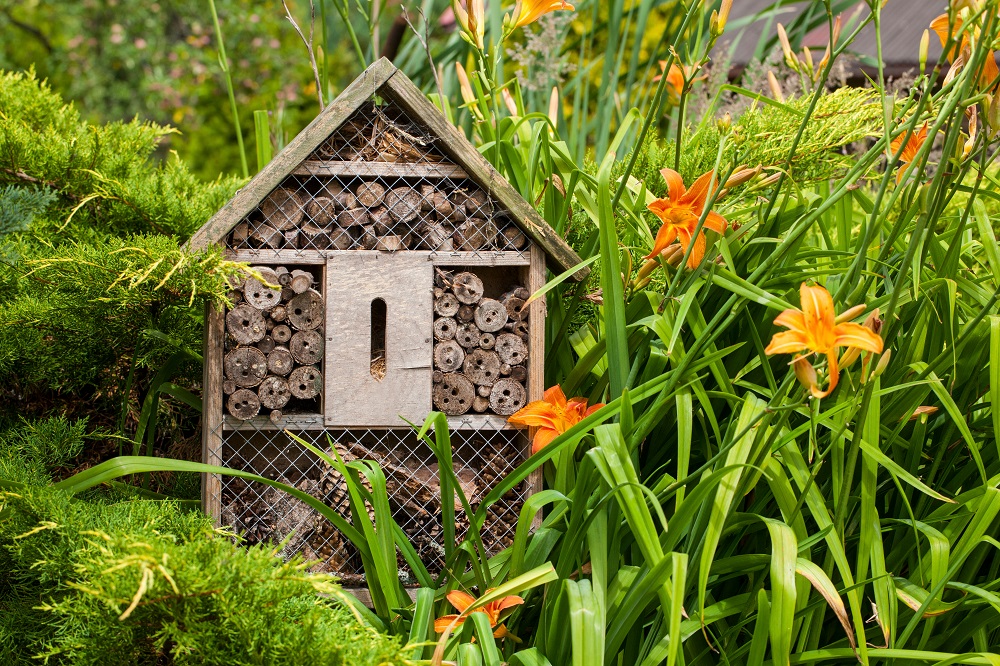
To make an insect hotel which will be a haven for creatures like ladybirds, woodlice and bees, simply find planks of wood for the structure. Then, with your kids, search for things around your garden which can be used to fill the hotel. This is what will make it appealing to the insects – flowers, leaves, twigs and bark are ideal for this. Find a quiet spot which isn’t close to any areas where people may eat or drink, and nail to your creation to the back of your shed, or on a fence. Then watch out for the insects!
2. See plants grow
Kids love picking and choosing different seeds which they can plant in their garden – some of which you can find in your local supermarket. Small flowers like primroses and geraniums are popular in many gardens across the UK because not only do they look beautiful, but they also provide a lot of food and shelter for bees and other insects. If you’re looking to specifically attract bees – consider planting sunflowers and basil to attract them. You could plant one sunflower each and have a competition to see whose flower grows the longest.
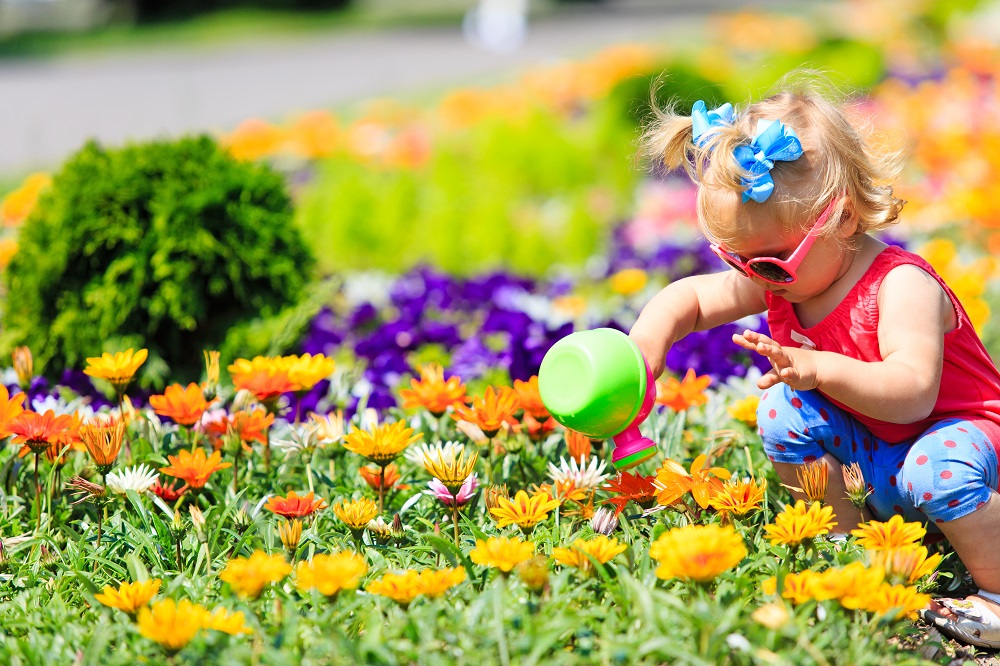
If you have the space, consider going bigger and planting a tree. The birch tree provides food for an astounding 521 species of invertebrate – and where insects go, birds follow. If you want to appeal to creatures like mice, consider planting the beech tree, which also provides food for some moths, which have declined by almost a half due to the effects of climate change.
3. Swap waste for compost
Composting is a fantastic activity for all the family to get involved in while they’re indoors. Create an eco-friendly fertiliser for other plants using vegetable and garden waste.
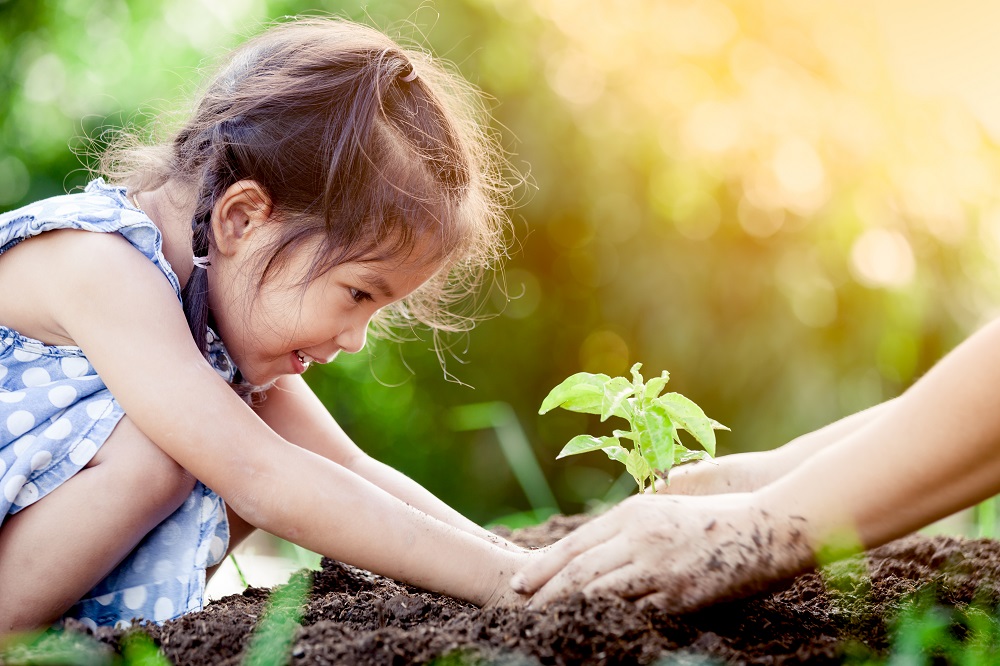
Ask your children to choose a compost area in your garden which is ideally at the back of the garden to avoid any odour issues. Make a point of filling it everyday with tree leaves, grass cuttings from the lawn mower, vegetable peelings, egg shells, newspaper, lettuce, etc. Consider nominating somebody everyday to fill the compost heap as part of your daily routine – or each take responsibility for a certain waste area. Add a layer of soil to introduce earthworms and microorganisms which can help to break down the waste.
It will take time to decompose, but once it does, you will have a plant fertiliser which is not only cost-efficient, but is also likely to help your plants to survive.
4. Keep the birds happy
Installing a bird bath or bird table can be a really easy way to look after nature in your garden – and children love it when the birds start to flock down (as long as they’re not in a huge group!).
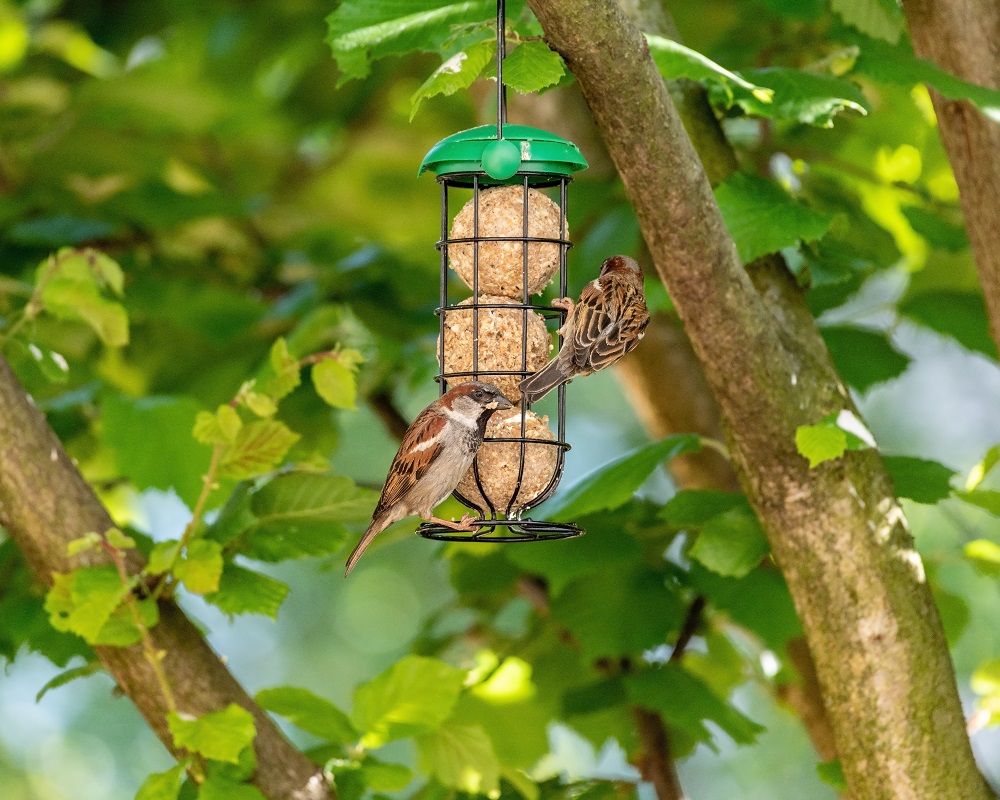
Consider avoiding plastic bird baths, due to the harmful environmental aspect, and consider a stone bird bath or table. This is not only more aesthetically pleasing, but it will need little maintenance, with the exception of a quick clean with a non-abrasive, non-toxic cleaning fluid and brush. The kids can ensure that the bath is regularly kept filled up with fresh water daily, and when the weather gets colder, it can be their responsibility to keep an eye on it to ensure it’s not frozen over.
One of the most common family activities is baking – and you can also incorporate this element into this activity too. Batch bake some nutritious suet balls which can help keep birds sustained. All you need to do is mix a packet of suet, breadcrumbs, seeds and peanuts and pour it into half a coconut shell (if you have one) or just place it on your bird table.
5. Grow your own five a day
One of the greenest ways to eat is by growing your own food, and there’s few things more rewarding for kids than seeing a seed grow into one of their five a day. It’s an activity that will keep them busy all throughout the year, andresearch shows that when kids grow their own food, they develop a healthier relationship with it.
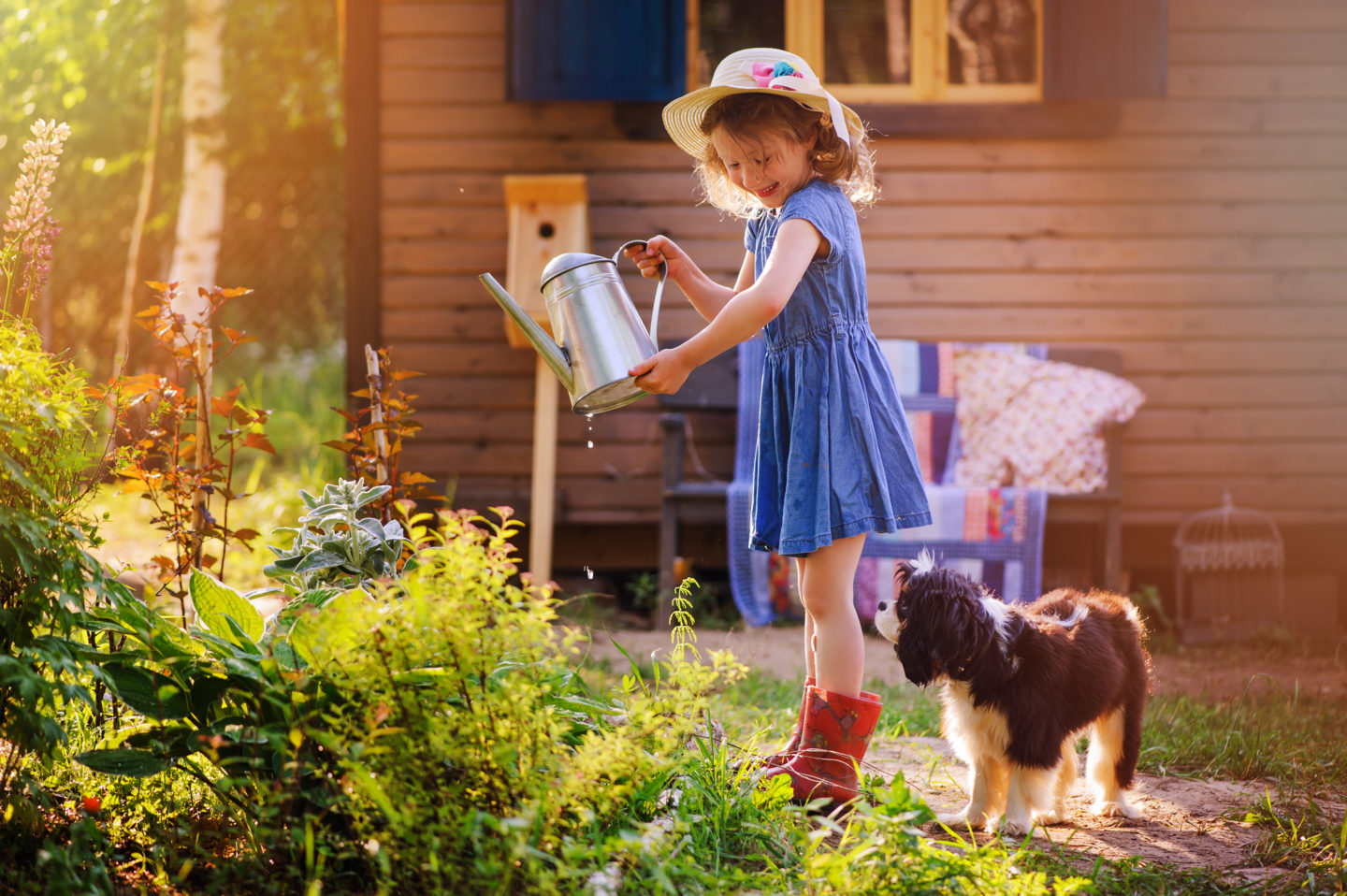
Choose a point in the garden to be the kid’s own vegetable plot which they can use to grow an array of different fruit and vegetables and watch them rise out of the ground. Keep them interested for the next few months by planting items which will grow at different rates, so there is a regular supply of new, bright foods for them to try. To get you started, runner beans and carrots are fast-growing, while potatoes and beetroots will provide a bounty of root veg that can be harvested later in the autumn.
6. Vertical gardening
Another great way for kids to grow their own food is through vertical gardening – especially if you have a smaller garden. You can create your own setup without having to order any pre-built frames, you can find a handy how to guide here.
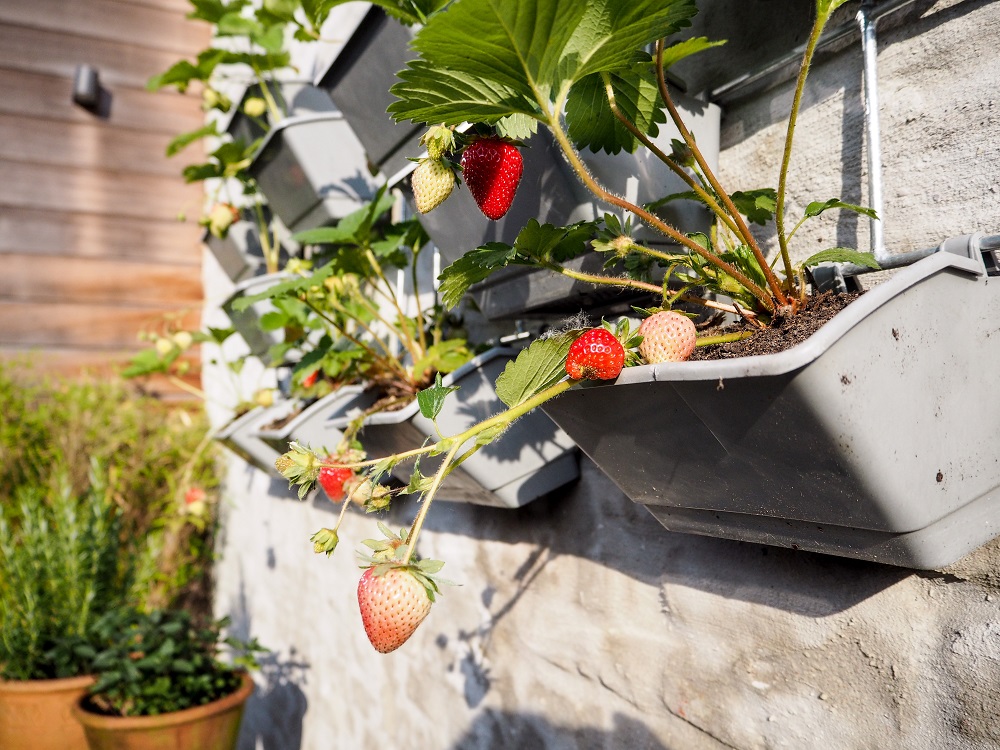
The best foods to grow in this method are strawberries and tomatoes, which are great climbers and with their bright, ripe colours, it’ll be a great sight as the kids harvest the sweeter fruits. Vertical gardening isn’t just reserved for food though – fuchsias and petunias are perfect for this form of gardening, and they provide optimum colour in your garden as we approach the warmer season.
7. Help your kids create a hedgehog home
Hibernation season will come sooner than we think. At least15% of the UK’s wildlife is currently at risk of dying out, with many species in decline, including hedgehogs.
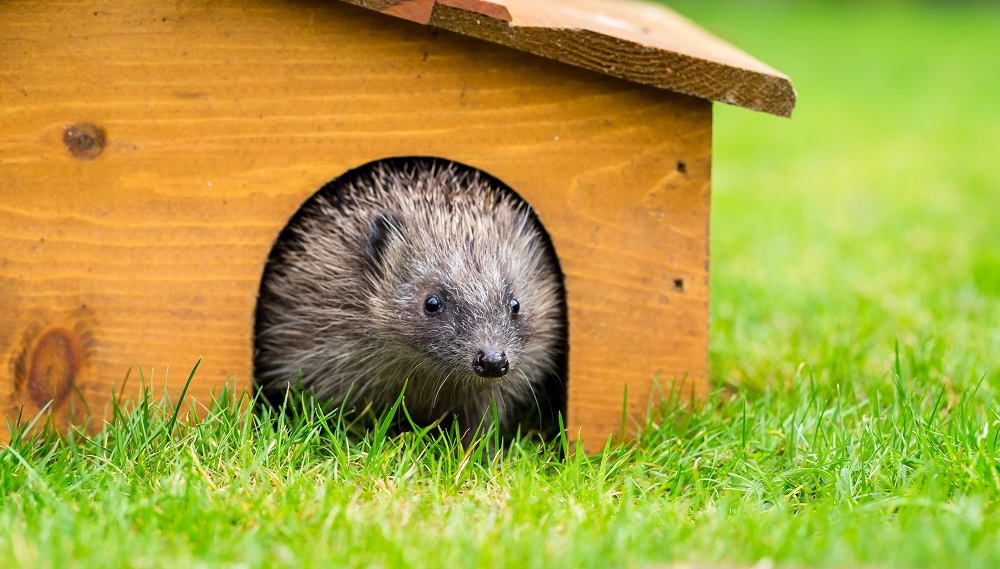
It’s easy to work with your kids to create a habitat for native wildlife like hedgehogs which provides them with all of the elements they need to nurture and hibernate throughout the winter. It also enables them to have a space where they can raise hoglets safely.
While you can buy ready-made homes for hedgehogs, why not use this time to build your own?!
Gather some plywood and a handful of nails, taking care to be safe. Ensure you have an air hole at the back of your unique house to let the hedgehog breathe. Make sure that the home is situated in a quiet, shelter spot at the back of the garden. Then get the entire family to hunt around the garden for dry leaves, twigs and any other plants, and cover the home with these. Then sit back, and wait for any hedgehogs to arrive in the later months. But make sure not to disturb them!
Encouraging your children to step away from their screens and get more involved in gardening will bring so many benefits to the whole family, and help our natural wildlife to thrive.

Just a group of real women dealing with life’s daily struggles! Want to write for us? Email: hello@thedailystruggle.co.uk